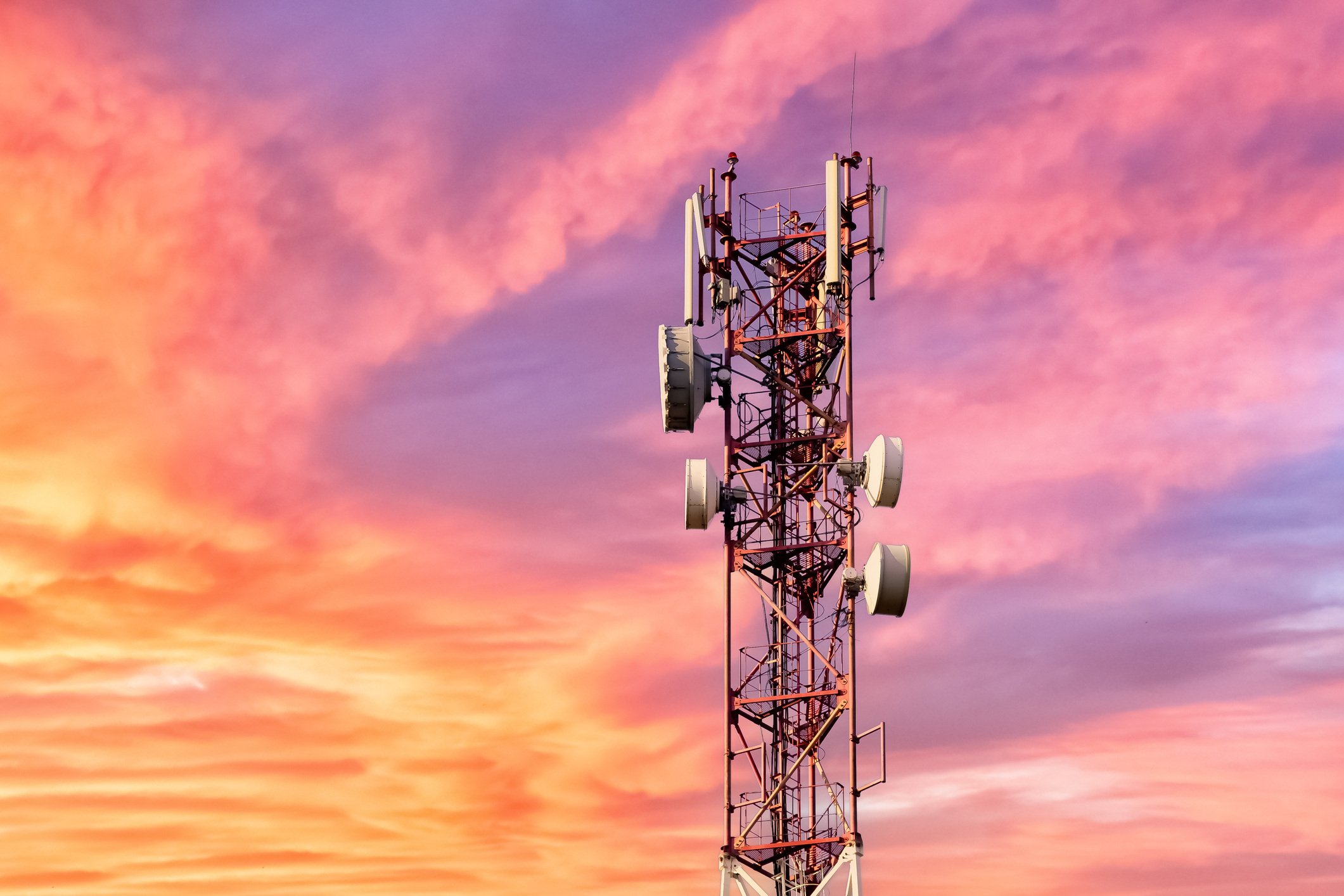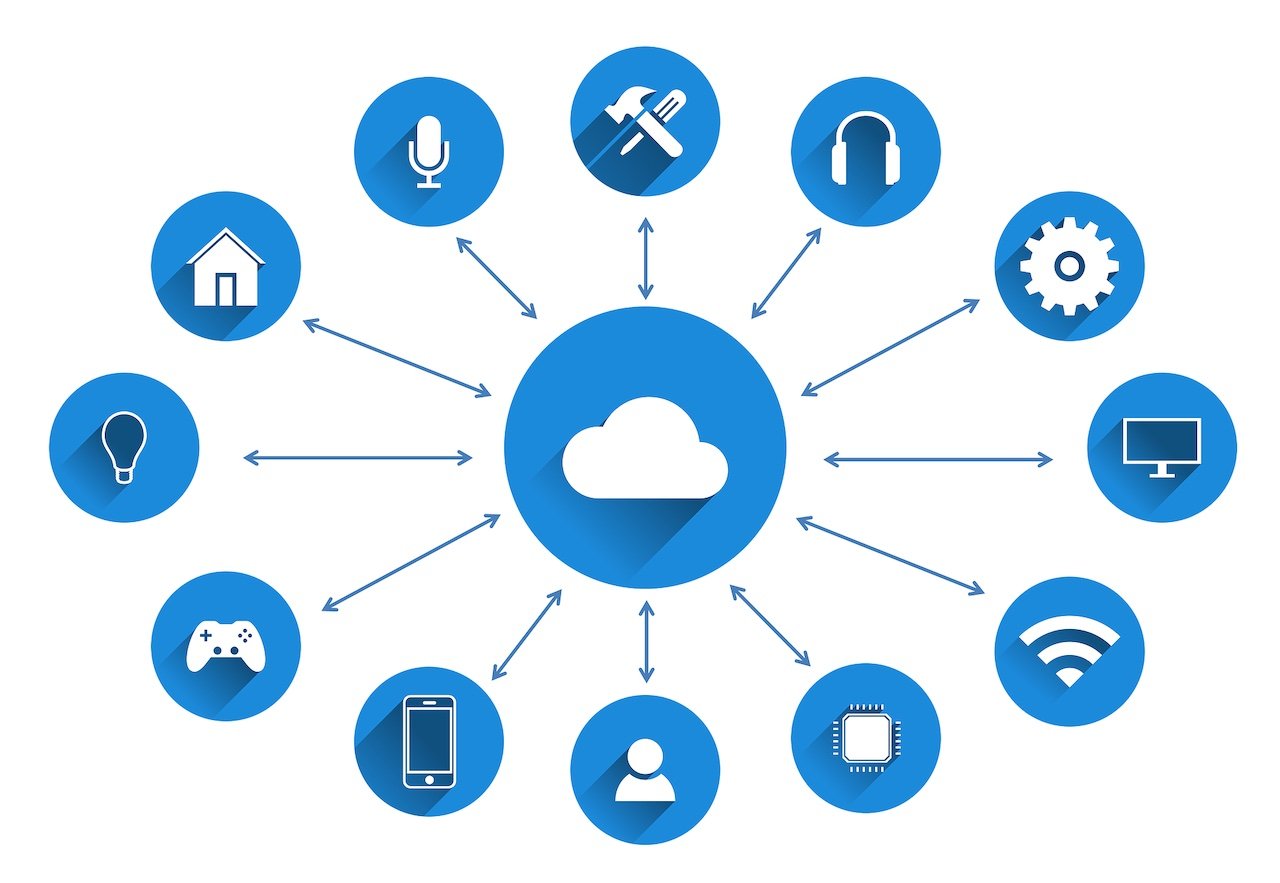
- April 2025 (1)
- March 2025 (2)
- February 2025 (1)
- December 2024 (2)
- November 2024 (2)
- August 2024 (2)
- June 2024 (3)
- May 2024 (3)
- April 2024 (1)
- March 2024 (3)
- February 2024 (2)
- January 2024 (2)
- December 2023 (1)
- November 2023 (2)
- October 2023 (2)
- September 2023 (1)
- August 2023 (1)
- July 2023 (2)
- June 2023 (3)
- May 2023 (2)
- April 2023 (1)
- March 2023 (4)
- February 2023 (1)
- January 2023 (2)
- November 2022 (2)
- October 2022 (1)
- September 2022 (1)
- August 2022 (2)
- July 2022 (2)
- June 2022 (2)
- May 2022 (1)
- April 2022 (3)
- March 2022 (1)
- February 2022 (3)
- January 2022 (2)
- December 2021 (1)
- November 2021 (1)
- October 2021 (2)
- September 2021 (3)
- August 2021 (1)
- July 2021 (4)
- June 2021 (1)
- May 2021 (2)
- April 2021 (2)
- March 2021 (2)
- February 2021 (3)
- January 2021 (3)
- December 2020 (1)
- October 2020 (1)
- August 2020 (1)
- August 2019 (1)
- January 2019 (2)
- September 2018 (5)
- June 2018 (1)
- November 2017 (1)
- September 2017 (1)
- July 2017 (1)
- May 2017 (1)
- January 2017 (1)
- October 2016 (2)
- August 2016 (1)
- July 2016 (1)
- June 2016 (1)
Subscribe by email
Every IoT device requires Internet connectivity. Take, for example, our customer Bushnell, which manufactures trail cameras for use in remote, wooded areas. Without internet access, there's no way for users to know if a camera's battery is running low. This lack of information could lead to a disappointing discovery of months of lost photos when they finally check the camera. However, with proper connectivity, Bushnell's cellular-connected trail cameras can send low-battery notifications, enabling users to replace the battery before it dies and avoid missing any valuable footage.
The Internet allows devices to communicate data, which gives them their value. For IoT connectivity, cellular and Wi-Fi emerge as the frontrunners, offering distinct benefits, advantages, and limitations. In this guide, we’ll compare and contrast these two choices to help you determine the most suitable option for your business needs and IoT application, whether that involves choosing cellular, Wi-Fi, or a combination of both.
What is Wi-Fi?
Wi-Fi delivers wireless internet access via a router, which can either be equipped with a SIM card for cellular data or connected to an Ethernet cable for a fixed-line internet connection. Wi-Fi networks can be configured as open, allowing any nearby device to connect, or as secured private networks protected by passwords. Wi-Fi's ease of setup, cost-effectiveness, and high-speed capabilities make it an attractive option, especially for home or office use, where devices remain within proximity.
However, Wi-Fi's effectiveness is contingent on the proximity of IoT devices to the router, as its range is typically limited to a few hundred feet. This limitation is a crucial consideration for IoT when deploying solutions in larger areas or environments. Extending the reach of Wi-Fi networks often requires additional hardware, which can impact the overall cost and complexity.
What is cellular?
Cellular connectivity facilitates internet access via cell towers, transmitting radio signals for data transfer to and from devices. Unlike Wi-Fi, which is restricted to local networks, cellular connectivity allows for seamless internet access even when devices are on the move, as long as they are within the range of a cell tower. This mobility makes cellular an essential choice for IoT applications involving transportation, logistics, or any scenario where devices must stay connected across different locations.
Cellular low-power-wide-area (LP-WAN) technologies like NB-IoT and LTE-M are designed to provide deep coverage, capable of reaching areas traditionally challenging for signal penetration, such as underground locations or environments with thick walls. This feature is particularly beneficial for IoT applications in industrial settings, smart cities, and agriculture, where connectivity needs to extend to remote or challenging environments.
Cellular connectivity used to be much slower than Wi-Fi. However, cellular speeds have improved with the widespread adoption of 4G LTE and the emergence of 5G. These advancements bring cellular speeds on par with Wi-Fi and offer lower latency and increased reliability, crucial for real-time data processing in IoT applications.
Differences between cellular and Wi-Fi connectivity
Coverage
Cellular
Cellular connectivity offers extensive coverage and can ensure connectivity in rural or hard-to-reach areas, making it suitable for IoT applications spread over large areas, like agricultural sensors or logistics tracking devices.
Wi-Fi
Wi-Fi is best suited for IoT devices that operate within a confined space, like smart home devices. Wi-Fi offers high bandwidth, which is advantageous for devices that require large data transfers, such as security cameras or smart TVs, but it’s limited to the router's range.
Security
Cellular
Cellular connectivity is more secure than Wi-Fi because the device and the tower connection are encrypted. Cellular networks also have more robust security protocols that are constantly updated to combat new threats. This security is vital for enterprises handling sensitive data and needing to comply with strict privacy and security regulations.
Unlike Wi-Fi, cellular connectivity does not rely on the existing corporate IT infrastructure. This independence allows enterprises to deploy IoT solutions without burdening or compromising their primary IT networks. It also reduces the risk of IoT devices being an entry point for network attacks, as they operate on a separate, secured network.
Wi-Fi
Wi-Fi, while offering the convenience of local network connectivity, often presents security challenges, particularly in public or less controlled environments. Unlike cellular networks, Wi-Fi security largely depends on the network setup and management. Public Wi-Fi networks, often in places like cafes or airports, are typically unencrypted, exposing connected devices to potential security breaches. Even in private settings, the security of a Wi-Fi network hinges on how well it is configured and maintained, including the strength of its encryption and the regularity of security updates.
For enterprises, this variable security landscape makes Wi-Fi less ideal for sensitive IoT applications. Although private home or corporate networks can implement strong encryption protocols, maintaining this security requires constant vigilance and updates. Additionally, because Wi-Fi networks are usually part of the existing corporate IT infrastructure, connecting IoT devices directly to them can create potential vulnerabilities if they are not adequately secured.
Cost
Cellular
Paying for cellular involves data plans, which vary based on data usage, with options ranging from low-data plans for simple sensors to high-data plans for devices like security cameras that transmit large volumes of data. The recurring cost of these data plans is a crucial consideration, as it contributes to the ongoing operational expenses of an IoT deployment.
The advantage of cellular plans lies in their predictability and scalability. You know exactly what each device will cost monthly, simplifying budgeting, especially for large-scale deployments. However, these costs can accumulate, particularly for data-intensive applications or many connected devices.
Learn more: IoT Data Plans: A Complete Guide to Deployment and Monetization
Wi-Fi
Wi-Fi, in contrast, does not typically involve per-device data charges. Once the infrastructure is in place, there are no additional costs for data usage. This can make Wi-Fi a more economical option for IoT applications within its coverage area, particularly for bandwidth-heavy applications.
Despite the potential cost savings with Wi-Fi, Wi-Fi isn't a viable option for some IoT applications. This is particularly true for mobile devices or devices located outside the limited range of a Wi-Fi network or any IoT application requiring mobility or wide-area coverage. In these cases, the inherent limitations of Wi-Fi's range make cellular connectivity necessary, regardless of the cost of data.
Cellular vs. Wi-Fi for IoT
Choosing the right connectivity solution for your IoT application or enterprise network is crucial. To help you make an informed decision, here's an overview of the key advantages and disadvantages of cellular and Wi-Fi connectivity:
Advantages of cellular
- Mobility: Cellular networks excel in providing uninterrupted connectivity across different geographical locations without relying on fixed infrastructure.
- Built-in security: Cellular networks typically have advanced security features like end-to-end encryption, SIM-based authentication, and secure network architecture. The network operators maintain this security.
- Scalability: Cellular IoT can support a massive number of devices over a large area without requiring additional infrastructure.
- Opportunity for monetization: Cellular connectivity enables new business models and revenue streams through subscription or pay-as-you-go models. To cover your connectivity costs, you can charge end-users for your device’s services on a recurring basis.
Disadvantages of cellular
- Ongoing costs of data consumption: Cellular IoT devices often require data plans with recurring costs. This can become significant for data-heavy applications, affecting the overall cost of ownership and operation.
- Complicated carrier contracts: Dealing with cellular providers often involves navigating through complex and sometimes rigid agreements, which can be challenging for your business, especially when scaling up or needing flexibility in deployments.
Partnering with Zipit Wireless for cellular connectivity means you won’t have to handle any carrier contracts or negotiations, even if you decide to use multiple carriers. We address these aspects for you, leveraging our vast network of carrier relationships to ensure optimal coverage from top-tier carriers globally.
Additionally, we assist in managing and monetizing your connectivity. This means you can concentrate on increasing your recurring revenue instead of being concerned about high data costs for your applications. With Zipit, data monetization becomes straightforward. Our integrated billing and connectivity management platform allows you to oversee multiple carriers, monitor data usage and device status, and handle customer billing from a convenient location.
Advantages of Wi-Fi
- No costs for usage or data limits: Wi-Fi networks typically don't have data usage costs, which is advantageous for applications with high data throughput needs, like video streaming.
- High-speed Internet: Wi-Fi offers high data transfer speeds, essential for applications that require quick data exchange, real-time analytics, or large file transfers in a corporate environment.
Disadvantages of Wi-Fi
- Unusable devices with Internet outage: In scenarios where the Wi-Fi network loses internet connectivity, IoT devices reliant on this connection can become inoperable, a significant drawback for critical applications like security systems or health monitoring devices.
- Lack of security: Wi-Fi networks, especially public or unsecured ones, are susceptible to security threats, which pose a significant risk for IoT devices handling sensitive data.
- Lack of availability: IoT cannot access private Wi-Fi networks in specific environments. For instance, a digital signage provider looking to display content outside of a corporation or a hospital may face obstacles due to the private nature of these networks. These organizations often restrict external access to their Wi-Fi networks to protect sensitive information and maintain network security. This limitation would hinder the functionality of IoT devices.
- Limited coverage: Wi-Fi's limited range restricts its use to smaller, localized areas. This limitation can be a significant hurdle for applications that require broader coverage, such as campus-wide or city-wide IoT deployments.
- Limited scalability: Scaling Wi-Fi networks for global IoT deployments poses significant challenges due to their localized nature and lack of comprehensive geographical coverage. This makes implementing uniform, extensive IoT solutions across multiple international locations difficult, increasing complexity and management challenges.
Should you choose cellular or Wi-Fi for IoT devices?
When choosing between cellular and Wi-Fi for IoT devices, the decision often depends on the specific requirements of your use case. In many scenarios, cellular connectivity makes more sense due to its advantages, but it doesn't necessarily have to be a binary choice.
Cellular as the primary Internet source
Cellular networks are adept at reaching areas beyond the scope of Wi-Fi, offering a more reliable connectivity option for IoT applications. Bushnell’s trail camera in a remote area requires cellular connectivity–scaling the product using Wi-Fi would be impractical.
Cellular connectivity is also globally scalable, geographically and operationally. Businesses can easily add more devices to their network as needs grow, with consistent and reliable connectivity experience across various regions.
The opportunity for monetization through subscription-based billing models is a significant advantage of cellular connectivity. This aspect is particularly appealing if your business intends to offer IoT as a service. By leveraging cellular connectivity, you can create recurring revenue streams, billing customers for ongoing access to the IoT services powered by the cellular network. This model benefits steady revenue generation and allows you to provide continuous value to their customers through consistent and reliable IoT services.
When Wi-Fi and cellular work together
However, the choice between cellular and Wi-Fi isn't strictly either/or. A hybrid approach can often be the most effective solution. In many business environments, Wi-Fi, when available and dependable, is the preferred primary connectivity method because of its high bandwidth capabilities and lower operational costs. Simultaneously, incorporating cellular connectivity as a backup or failover option offers a safety net. This arrangement ensures that business operations continue uninterrupted, maintaining essential online services and communications even if the primary Wi-Fi connection is compromised or fails.
Learn more: What is Network Redundancy and Why Is It Critical for IoT?
At Zipit Wireless, our services are designed to provide your IoT devices with the essential cellular connectivity they require. We can provide cellular connectivity as a primary internet source or a reliable failover option. But we offer more than just connectivity; we're here to help you scale your operations smoothly and efficiently. Whether expanding your network with more devices as your business grows or finding ways to monetize those devices, we have solutions that fit your needs.
Switching to cellular or adding a backup cellular network? Zipit can help.
Whether you choose cellular as your primary connectivity or as a failover option, Zipit can provide you with the best cellular solution for your business or IoT application. As your business reaches the global stage, Zipit has immediate access to top-tier carrier plans and can provide you with a single global SIM or multi-carrier connectivity.
Our connectivity management platform streamlines the handling of connections across various carriers. It automates tax computations, offers real-time reporting, and features a user-friendly portal for end-users. This portal simplifies subscription management and facilitates easy data top-ups.
At Zipit Wireless, we provide more than just cellular connectivity; we ensure that its management is seamless and efficient. Our approach allows you to concentrate on growth and innovation while we adeptly manage the complexities of your connectivity needs.
Interested in discovering how Zipit's advanced cellular solutions can benefit you? Reach out to us. We are committed to assisting you in overcoming the challenges of IoT connectivity.
You may also like:
Related Content
The latest IoT insights and platform updates from Zipit.
IoT devices need flexible network technologies optimized for low-power application...
The network an IoT device selects significantly impacts the strength and reliabili...
Deploying an IoT solution brings significant value to businesses, but it also intr...



